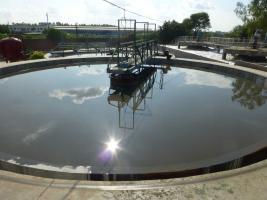You are here
Sustainability
Sustainable and cleaner production technolgies is an efficient method of preventing or minimizing pollution caused by industrial activities. UNIDO continues to place an emphasis on the introduction of cleaner leather processing technology in developing countries. The primary task of all cleaner technologies is to reduce the amount pollution emissions; and where possible change the nature of pollution emissions to reduce the pressure and costs of end-of-pipe treatment. The expected results primarily include:
- Lower water consumption – better preservation of rapidly diminishing water resources.
- Lower total dissolved solids (TDS) content (including salinity) – lower risk of affecting the usability of the receiving water bodies for irrigation and livestock watering.
- Avoidance of use in processing and/or presence in leather of substances from the Restricted Substances Lists (RSL) promulgated by national or regional legislation, leading (multinational) brands and/or ecolabel due to their proven negative impact on human health and eco-systems.
- Proportionally higher volume of solid wastes suitable for processing into saleable by-products.
- Lower levels of BOD, COD and Nitrogen; their respective contents in conformity with local and widely prevailing legislative norms.
- Low level of chromium in (C)ETP sludge – the scope for land application and/or composting.
- Lower hazardous and/or unpleasant air emissions.
- Appropriate occupational health and safety (OSH) standards – better work conditions, fewer accidents.















